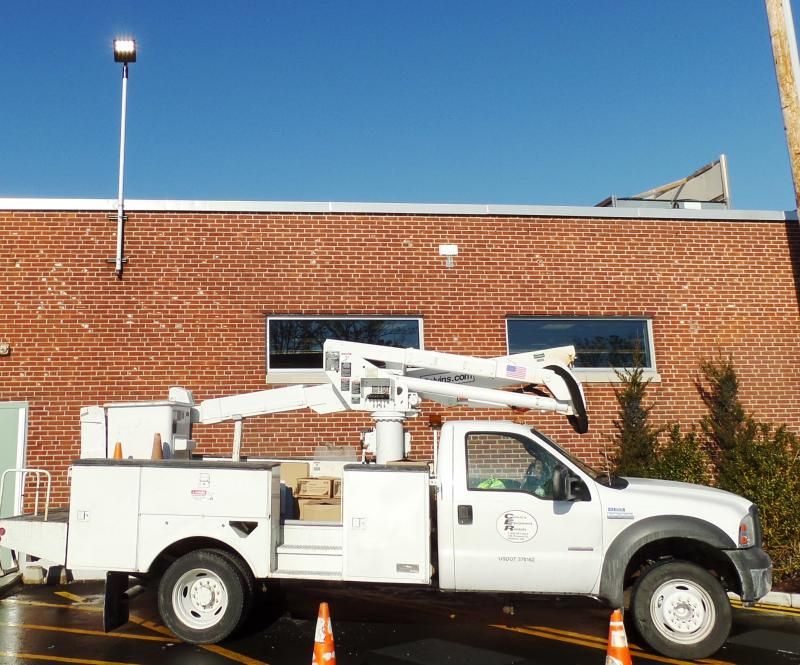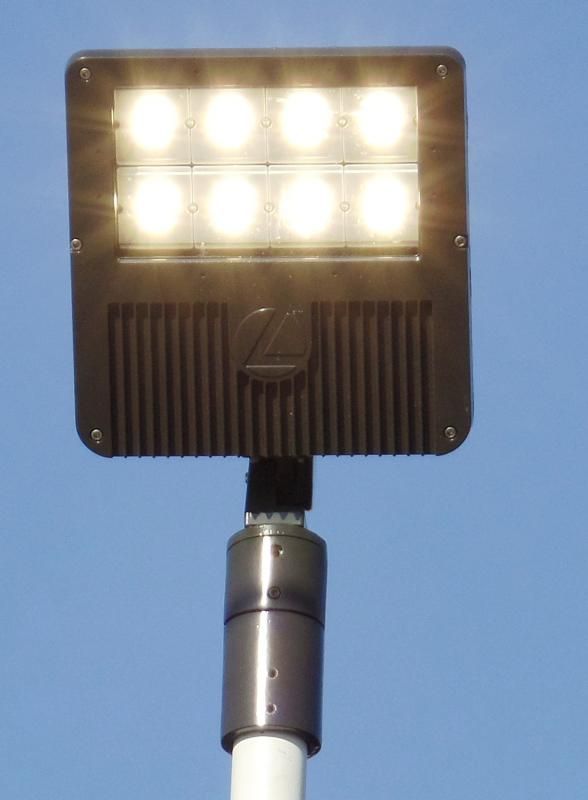- Location
- Tennessee NEC:2017
- Occupation
- Semi-Retired Electrician
I noticed that bucket truck was rented. How much for a truck with bucket rent for up there?
I'm surprised T5's are being removed. Even T8's. Both are still considered efficient, and proven.
And they would not be if not for the fact that the work is heavily subsidized by the power company.
For this plant manager they got all new lighting fixtures, happy employes, lower electric bill all for short money.
Exactly. However, it is possible that the utility was heavily influenced by LED installing contractors and industry lobbyists that program developers failed to take way too many things into account.
The conditions of incentives are probably not adequately qualified that this fell through the crack. Incentives should be continuously evolving. This is the kind of thing that needs to be brought up to decision makers for removal review. Each utility or a group of utilities make their own decision in what rebates to provide.
So back to outside work, this one was a small lot with five old 400 Watt MH flood lights.
Pulled them down and replaced them with five LED floods, have not heard how they look yet. I am expecting them to be a bit darker but maybe I will be surprised.
Old
New

New up close

Overall, the pole and base will be replaced in the spring.
I noticed that bucket truck was rented. How much for a truck with bucket rent for up there?
I noticed that bucket truck was rented. How much for a truck with bucket rent for up there?
You are trying to swim upstream.
I don't think it was the INTENT of the program to subsidize replacing something primarily done for a facelift when it is already efficient simply.I'm surprised T5's are being removed. Even T8's. Both are still considered efficient, and proven.
You can go on and on and on, we can talk about the reasons for incentives and if there should be any incentives.
You are trying to swim upstream.
Electriclighting 624813 said:I don't think it was the INTENT of the program to subsidize replacing something primarily done for a facelift when it is already efficient simply.
Come on man! you know the client will pay full price....How much of this install bill is getting picked up by the utility and public welfare?
LED retrofits are not the only place that kind of thing happens. Remember "Cash for clunkers"? Auto dealers, insurance, and finance industries were the biggest winners in that game, as well as the raised tax revenues from higher value taxes on registered vehicles -but the tax revenues from vehicle registrations typically funds local governments and not the feds that were buying the clunkers.How much of this install bill is getting picked up by the utility and public welfare?
How much of this install bill is getting picked up by the utility and public welfare?
That is not our end of it, we are nothing but hired labor.
None of it is Government money but nice try. :lol:
Not at you guysdon't say nuffin 'bout the nLight system....
his inner frugulator will spaz all over the place at the cost....
Can I tell you what the nLight is? It's everything a 0-10v dimmable light is, but with an hour counter built in to make trim adjustments for permanent performance loss of LEDs. Simply put, if it gets a command for 50% output and LEDs have degraded to 80%, it gets translated to drive at 62.5%.i did a certification on my first nLight system day before yesterday...
the guy doing the configuration on the system was a serious level geek...
and i got an in depth tour of the system, for about three hours.
suffice it to say, there isn't anything you can't do with it, assuming
you can afford it... but it's becoming the de facto workhorse of commercial
lighting systems, and if you are good at it, above a couple thousand a day
to set it up is pretty common. most sparkies just turn numb when they have
to program the stuff... to the point that nLight does their own setup usually.
the stuff has a
20% overbuild so that LED degradation does not affect light output over the
life of the fixture.
